Sitting asanas, also called sitting postures, are very important in yoga practice. They enhance flexibility and promote a good posture, besides calming the mind. Sitting positions are different from balancing and standing poses, as they create an inner focus with a basic framework for deeper breathwork and meditation. These asanas bring stability and grounding to the body while seated. With time, regular presence in sitting asanas increases flexibility in the hips, spine, and legs and greatly promotes good posture. Calming the nervous system, relaxing, and mental clarity are other advantages of sitting poses. So, here are 8 important sitting asanas along with the advantages they bring.
Top 8 Sitting Asanas
1. Padmasana (Lotus Pose)
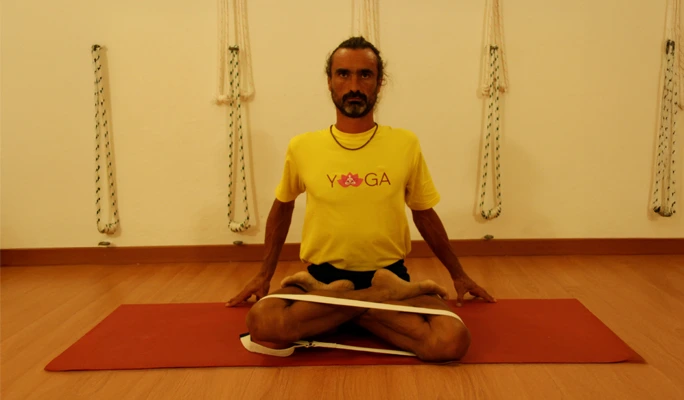
Steps:
- Sit on the floor with your legs extended. Place the yoga belt around your thighs or calves for support.
- Gently fold one leg and place your foot on the opposite thigh, using the belt for assistance if needed.
- Fold the other leg and bring it to rest on the opposite thigh. Adjust the belt to support the legs in position.
- Sit up tall with a straight spine, shoulders relaxed, and hands resting on your knees.
- Focus on deep, steady breathing and hold the pose for as long as it is comfortable.
Benefits:
Padmasana is a classic seated posture that enhances flexibility in the hips and ankles. It promotes deep meditation by stabilizing the body, which helps in focusing the mind. This asana also stretches the groin and strengthens the spine, making it ideal for long meditation sessions.
2. Vajrasana (Thunderbolt Pose)
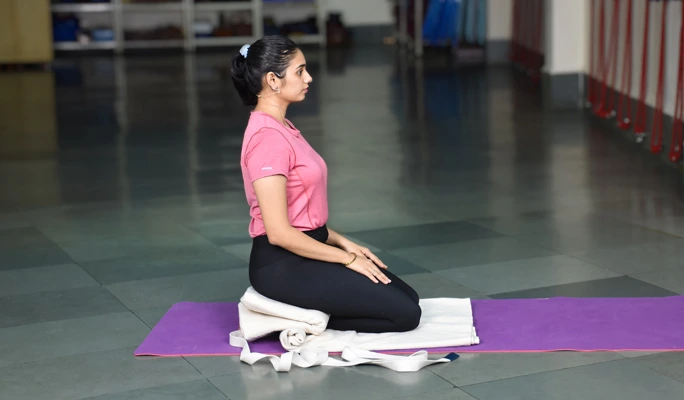
Steps:
- Sit on your knees with your thighs and calves touching the floor, keeping a yoga blanket below for cushioning.
- Sit back on your heels, placing your hands on your knees.
- Keep your back straight, shoulders relaxed, and gaze forward.
Benefits:
Vajrasana is unique in that it can be practiced immediately after eating to aid digestion. This pose improves posture and strengthens the lower body while also promoting relaxation. It helps open the hips and improves blood circulation, making it a great pose for grounding and mindfulness.
3. Ardha Matsyendrasana (Half Lord of the Fishes Pose)
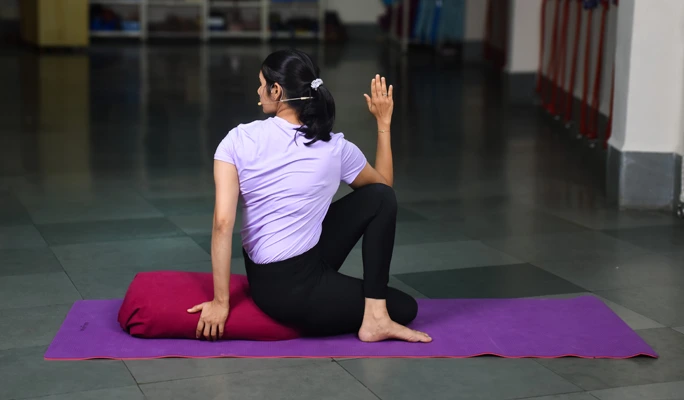
Steps:
- Sit with both legs extended straight out in front of you.
- Place a bolster under the hips for support.
- Bend your right knee and place your left foot on the floor outside your right knee.
- Twist your torso to the left in such a way that your left hand takes support from the bolster.
- Bring your right elbow to the outside of your left knee
- Keep your spine long and gaze over your left shoulder.
- Repeat the same on other side.
Benefits:
This seated twist helps to improve spinal mobility and flexibility in the back. It massages the internal organs, promoting detoxification and better digestion. Ardha Matsyendrasana also opens the shoulders and hips, helping to release tension in the body.
4. Supta Baddha Konasana (Reclined Bound Angle Pose)
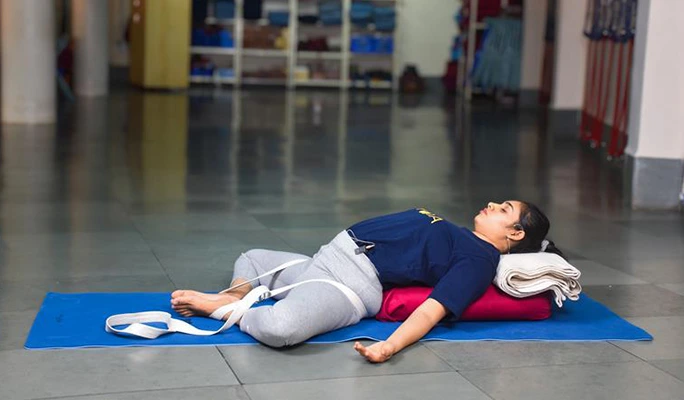
Steps:
- Start by lying on your back with your knees bent and feet together, allowing your knees to fall outward.
- Place a bolster under your spine for support and roll a blanket and place it under your head for added comfort.
- Relax your arms by your sides, palms facing upward.
- Close your eyes, focus on your breath, and gently allow your hips to open, deepening the stretch without straining.
Benefits:
Supta Baddha Konasana stretches the inner thighs, groin, and knees, promoting flexibility in the lower body. It also encourages a healthy posture by opening the hips and alleviating tension in the lower back. This pose is calming and can be a great addition to a seated meditation practice.
5. Paschimottanasana (Seated Forward Bend Pose)
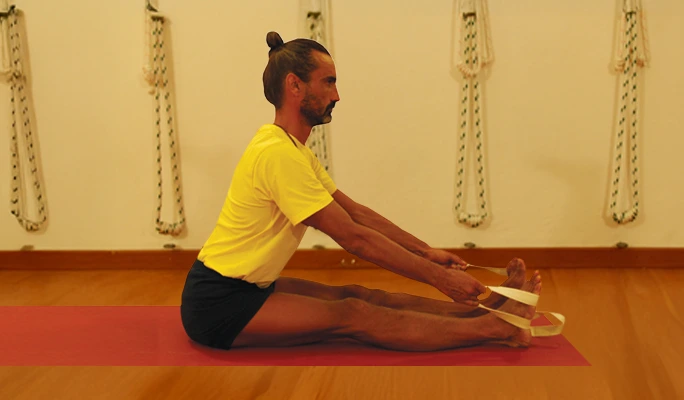
Steps:
- Sit with your legs extended straight in front of you and your feet flexed.
- Take the yoga belt and pull your feet towards yourself.
- Inhale to lengthen your spine, then exhale as you fold forward, bringing your chest toward your thighs.
- Hold your feet or shins, keeping your elbows bent.
Benefits:
Paschimottanasana stretches the entire back of the body, including the hamstrings, spine, and shoulders. It calms the mind and relieves stress, making it an excellent asana for reducing anxiety and tension. This pose also helps with digestion and promotes flexibility in the lower body.
6. Virasana (Hero Pose)
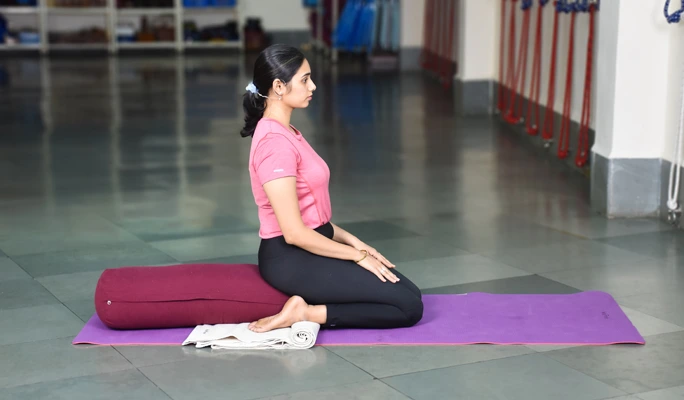
Steps:
- Begin by kneeling on the floor, sitting on the bolster with your knees together and feet apart, with your thighs pressing down.
- Sit down between your feet, bringing your pelvis to the floor.
- Keep your spine straight and your chest lifted.
- Place your hands on your thighs or knees, palms facing down.
- Hold the position for several breaths, ensuring your legs remain active and your body stays aligned.
Benefits:
Virasana helps improve posture, stretches the thighs and knees, and aids digestion by opening the hips and enhancing blood flow.
7. Gomukhasana (Cow Face Pose)
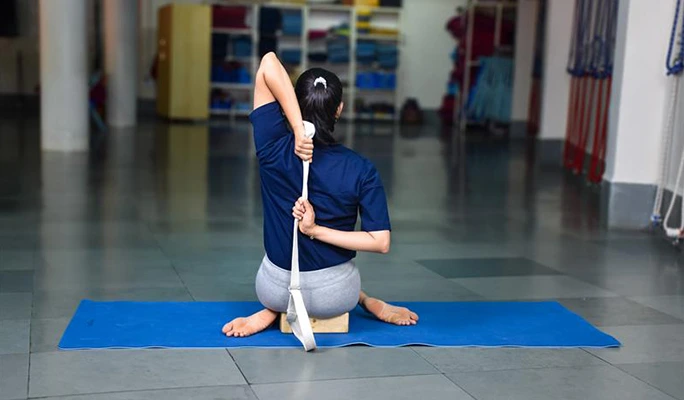
Steps:
- Begin by sitting on a yoga block in a cross-legged position with your knees stacked on top of each other.
- Bring your right arm behind your back, holding the yoga belt, bending the elbow and reaching your hand up towards the shoulder blades.
- Extend your left arm overhead and stretch the yoga belt, bend the elbow to reach down towards the right hand.
- Stretch the yoga belt with your right hand and left hand.
- Keep your chest open and spine tall, breathing deeply into the stretch.
- Hold for several breaths, then switch sides.
Benefits:
Gomukhasana stretches the shoulders, chest, and triceps, opens the hips, and promotes better posture and balance by engaging both the upper and lower body.
8. Balasana (Child Pose)
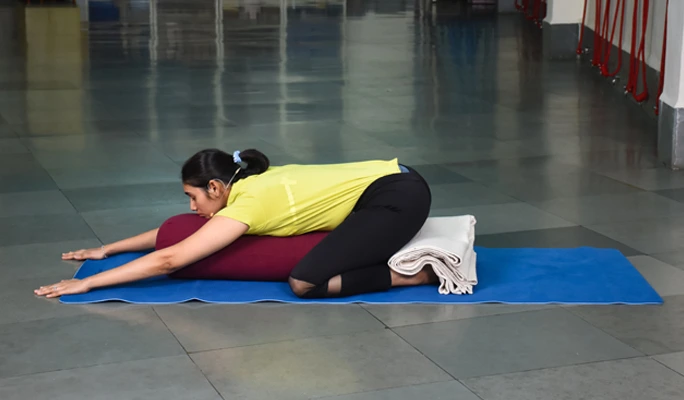
Steps:
- Start on your hands and knees in a tabletop position.
- Place a block or bolster under your chest or abdomen for extra support.
- Gently lower your hips toward your heels, stretching your arms forward on the mat.
- Rest your forehead on the bolster or on a block, allowing the bolster or block to support your torso.
- Place a blanket under your hips to support the pose.
- Relax into the pose, breathing deeply to release tension in the back and hips.
Benefits:
Balasana (Child Pose) offers deep relaxation, relieving tension in the back, neck, and shoulders, while also stretching the hips and ankles. It calms the mind, reduces stress, and supports digestion. Together, these poses provide a balanced approach to flexibility, relaxation, and mental clarity.
Conclusion:
Sitting asanas play an essential role in a well-rounded yoga practice. Not only do they help improve flexibility, strengthen the body, and promote better posture, but they also cultivate mental clarity and calm. By incorporating these seated poses into your routine, you can develop a deeper sense of inner peace, enhance your physical flexibility, and foster mindfulness. Whether you are a beginner or an experienced practitioner, these asanas offer a strong foundation for both meditation and physical wellness, helping you move toward greater balance and well-being.

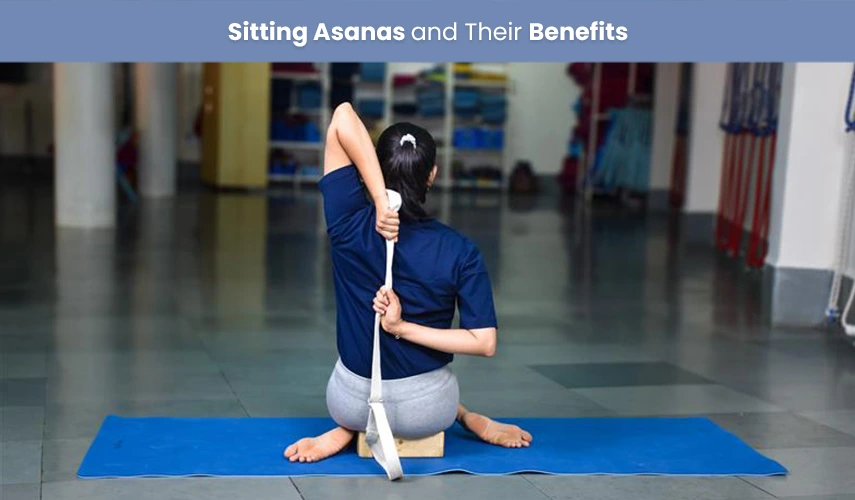
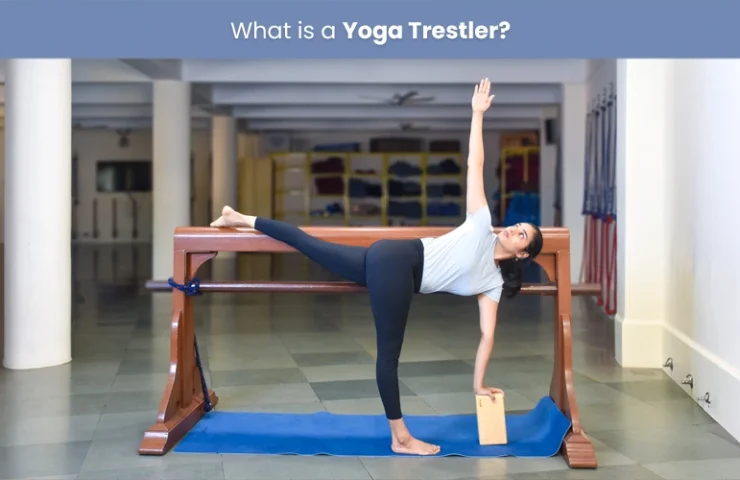
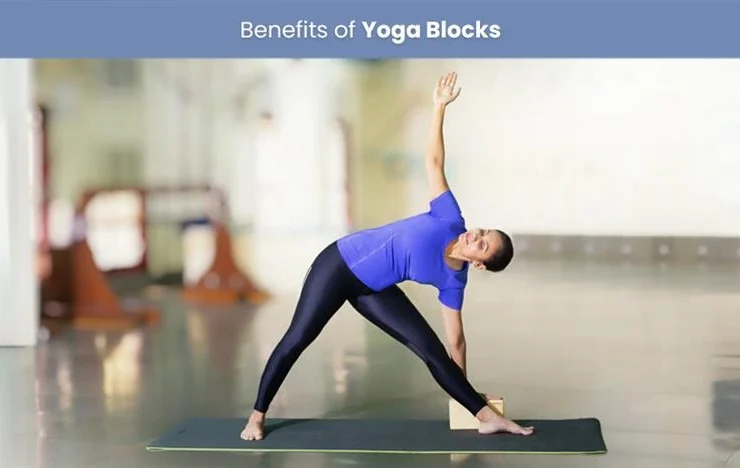
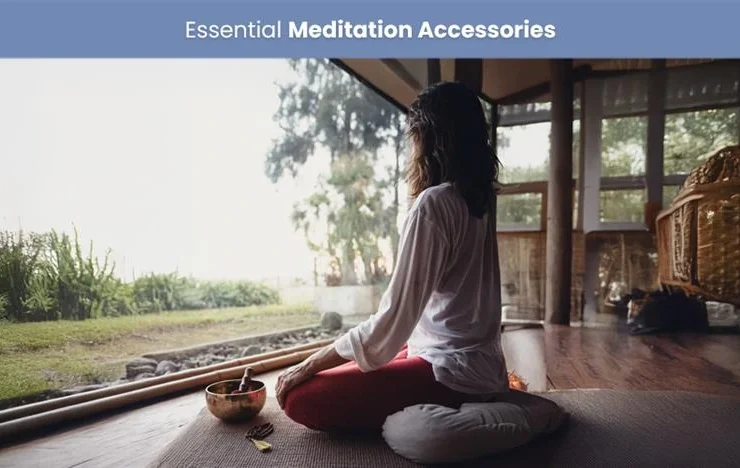
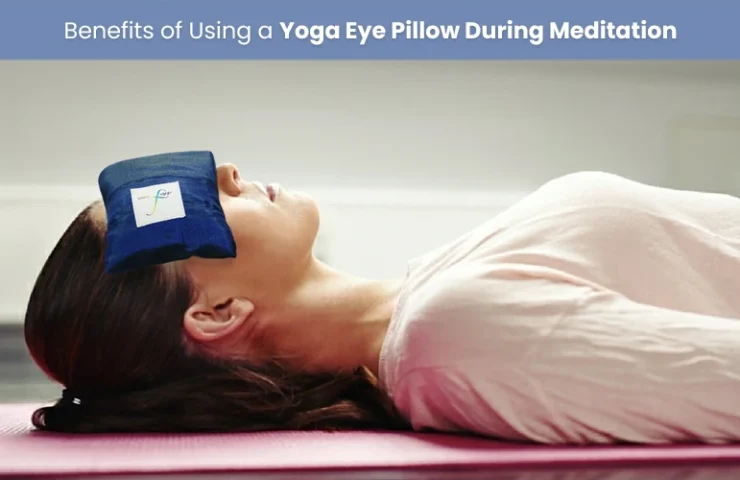
0 Comments for “Sitting Asanas and their Benefits”